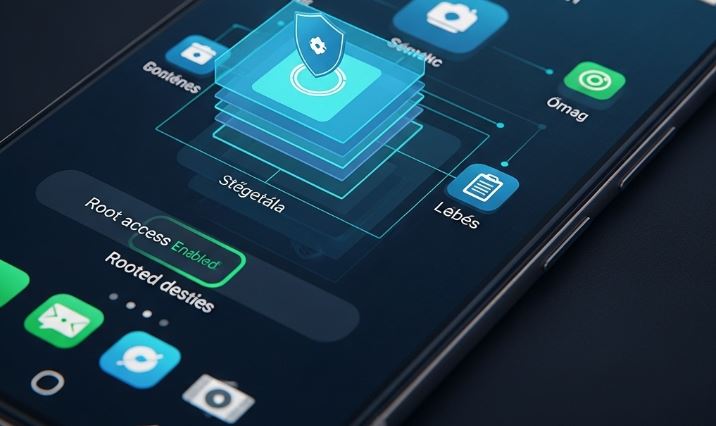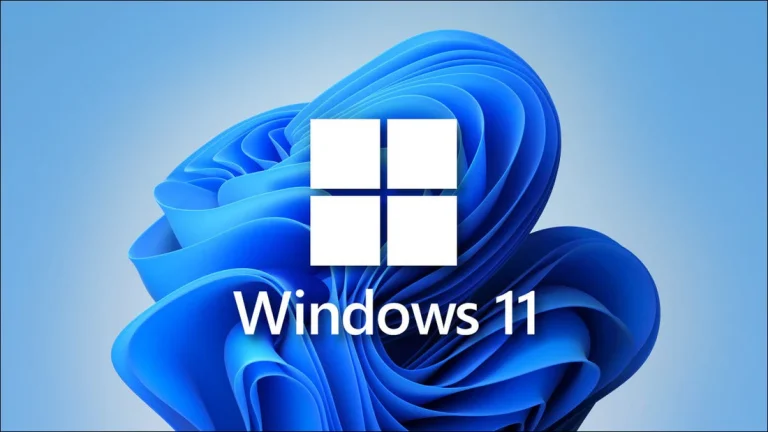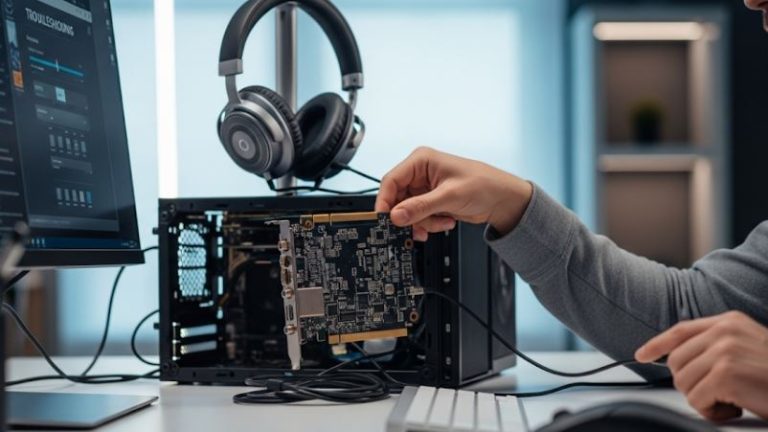
It’s a frustratingly common scenario: you’re in the middle of an important phone call and simultaneously trying to look up information online, send a message, or use an app that requires an internet connection, only to find your mobile data disconnects during calls. This interruption can be puzzling and inconvenient. The reasons behind this phenomenon are deeply rooted in the evolution of network technology and the specific capabilities of your phone, your carrier, and the network you’re connected to.
Understanding this issue requires a journey through different generations of mobile networks, from the older 2G systems to the modern 4G LTE and 5G infrastructures, and key technologies like VoLTE (Voice over LTE) and CSFB (Circuit Switched Fallback).
The Evolution of Mobile Networks and Data Capabilities
The ability of your phone to handle voice calls and mobile data simultaneously is not a given; it’s a feature that has evolved with mobile network generations.
- 1G (First Generation): Analog Voice Only The earliest mobile networks were analog and designed purely for voice calls. There was no concept of mobile data as we know it today.
- 2G (Second Generation): Digital Voice and Basic Data (GSM, GPRS, EDGE) 📞 The advent of 2G networks like GSM (Global System for Mobile Communications) brought digital voice calls, offering better quality and security. Alongside this, basic data services were introduced, such as SMS (Short Message Service) and later GPRS (General Packet Radio Service) and EDGE (Enhanced Data rates for GSM Evolution).
However, a significant limitation of most 2G networks (especially with GPRS) was their inability to handle voice and data simultaneously on the same radio channel. When you made or received a call, the data connection would typically be suspended. EDGE offered some improvements, but simultaneous use often still resulted in a very slow data experience or a complete pause. This was because voice calls were circuit-switched, meaning a dedicated circuit was established for the duration of the call. Data, on the other hand, was packet-switched. The architecture wasn’t inherently designed for seamless integration.
- 3G (Third Generation): Improved Data and the Dawn of Simultaneous Use (UMTS, HSPA) 🌐 3G networks, powered by technologies like UMTS (Universal Mobile Telecommunications System) and HSPA (High-Speed Packet Access), marked a significant leap. They were designed with mobile data in mind, enabling mobile internet Browse, video calling, and app usage.
Crucially, many 3G implementations allowed for simultaneous voice and data. This meant you could be on a call and still browse the web or download emails. However, this wasn’t universally true across all 3G networks and devices. The capability often depended on the specific network configuration and the class of the device. In some scenarios, particularly with older 3G technology or in areas with weaker signals, data speeds might still be throttled or data might be temporarily paused to prioritize the voice call quality. Voice calls on 3G networks remained predominantly circuit-switched.
- 4G (Fourth Generation): The All-IP Network and the VoLTE Revolution (LTE) 🚀 The arrival of 4G LTE (Long-Term Evolution) represented a paradigm shift. LTE was designed from the ground up as an all-IP (Internet Protocol) network, optimized for high-speed data. This is fantastic for Browse, streaming, and apps, but it initially presented a challenge for voice calls. Traditional circuit-switched voice calls couldn’t natively run on this new packet-switched LTE network.
This is where the core of the „mobile data disconnecting during calls” problem often lies for users on 4G networks without a specific solution in place.
The Culprit for Data Interruption on 4G: Circuit Switched Fallback (CSFB)
When 4G LTE was first deployed, a mechanism was needed to handle voice calls. Since the LTE network was purely packet-switched, it couldn’t handle traditional circuit-switched calls directly. The initial solution for many carriers was Circuit Switched Fallback (CSFB).
What is Circuit Switched Fallback? CSFB is a technology that allows a 4G LTE device to „fall back” to an older 2G or 3G network to make or receive a voice call. Here’s how it typically works:
- Your phone is connected to the 4G LTE network, enjoying fast data speeds.
- You initiate or receive a voice call.
- If VoLTE (which we’ll discuss next) is not enabled or available, the network signals your phone to switch from the 4G LTE network to a 2G or 3G network.
- The voice call is then established and conducted over the circuit-switched 2G or 3G network.
- During this time, your mobile data connection is either completely lost or significantly downgraded.
- If the phone falls back to a 2G network (like GSM/GPRS), you will almost certainly lose your data connection during the call, as these networks generally don’t support simultaneous voice and packet data well.
- If the phone falls back to a 3G network, you might have some data, but it could be slow, or the data session might be paused to ensure call quality. The user experience is often that data simply isn’t working.
- Once the call ends, your phone is signaled to switch back to the 4G LTE network, and your high-speed data connection is restored.
Why CSFB Causes Data Interruption: The primary reason CSFB leads to the loss of mobile data during calls is that the older 2G or 3G networks it falls back to often lack the capacity or design for robust, simultaneous voice and data services, especially when compared to 4G LTE. Prioritizing the voice call means sacrificing the data connection temporarily. This „fallback” process also introduces a slight delay in call setup times.
CSFB was always intended as an interim solution while the industry moved towards a more integrated approach for voice on LTE networks. That solution is VoLTE. You can learn more about the technicals of CSFB from resources like Telecom ABC’s explanation of CSFB.
VoLTE: The Solution for Seamless Voice and Data on 4G 📱
The true solution to using mobile data while on a call over a 4G network is VoLTE, which stands for Voice over LTE.
What is VoLTE? VoLTE allows voice calls to be made over the 4G LTE data network itself, rather than requiring a fallback to an older network. With VoLTE, your voice call is treated essentially like any other data traffic, such as Browse or streaming. It’s a packet-switched voice call.
Key Benefits of VoLTE:
- Simultaneous Voice and Data: This is the most significant advantage. Because your call is on the 4G LTE network, you can continue to use high-speed 4G LTE calls and data services simultaneously without interruption. You can browse, use maps, or send messages while talking.
- HD Voice Calls: VoLTE often provides significantly better call quality, commonly referred to as „HD Voice.” Calls are clearer with less background noise.
- Faster Call Setup: Calls connect more quickly with VoLTE compared to the delay introduced by CSFB.
- Improved Battery Life: By staying on the 4G network for calls, the phone doesn’t expend extra energy switching between networks, which can lead to slightly better battery performance.
Requirements for VoLTE: For VoLTE to work, several conditions must be met:
- VoLTE-Capable Phone: Your smartphone must support VoLTE. Most modern smartphones (typically those released in the last 5-7 years) are VoLTE-capable.
- Carrier Support for VoLTE: Your mobile carrier support must have implemented VoLTE on their network.
- VoLTE Provisioning: VoLTE needs to be enabled for your specific SIM card and account by your carrier. Sometimes this is automatic, but occasionally it might need to be activated.
- VoLTE Enabled on Device: The VoLTE feature usually needs to be turned on in your phone settings. This is often found under Mobile Networks or Cellular Data options.
- 4G/LTE Coverage: You need to be in an area with 4G/LTE coverage that supports VoLTE.
If any of these conditions are not met, your phone will likely still use CSFB for calls, leading to the mobile data disconnection issue.
What About 5G Networks and Calls? (VoNR) 📶
With the rollout of 5G networks, the technology for voice calls continues to evolve.
- Non-Standalone 5G (NSA): Many early 5G deployments are „Non-Standalone,” meaning they use the existing 4G LTE core network. In such cases, even if your phone shows a „5G” connection, voice calls are often still handled by VoLTE over the 4G network. So, the same principles apply: if VoLTE is working, you’ll have simultaneous voice and data.
- Standalone 5G (SA) and VoNR: As 5G networks mature into „Standalone” architecture (with a dedicated 5G core), a new technology called VoNR (Voice over New Radio) or Vo5G (Voice over 5G) comes into play. VoNR is the 5G equivalent of VoLTE, allowing voice calls to be carried directly over the 5G network as data packets. This, like VoLTE, enables simultaneous voice and data and promises even higher quality and lower latency for calls.
The transition to widespread 5G SA and VoNR is ongoing. For now, VoLTE remains the most common technology enabling simultaneous calls and data usage for most users.
Other Potential Reasons for Mobile Data Disconnection During Calls
While the absence of VoLTE and reliance on CSFB are the primary culprits, other factors can contribute to mobile data dropping during a call:
- Weak Network Signal: 📉 Even if your phone and carrier support VoLTE, a very weak network signal for 4G LTE can cause issues. If the 4G signal is too unstable to maintain a quality VoLTE call, your phone might proactively switch to a stronger 2G or 3G signal (CSFB) to prevent the call from dropping. When this happens, your data connection will likely be lost. Moving to an area with a better signal can often resolve this.
- Carrier Policies and Network Configuration: In some rare cases, specific carrier network configurations or temporary network issues might lead to unexpected behavior with data during calls. If VoLTE is generally supported but you’re experiencing consistent problems, it’s worth checking with your carrier.
- Incorrect Phone Settings: ⚙️
- VoLTE Turned Off: You or a previous user might have inadvertently disabled the VoLTE or „HD calling” option in your phone’s settings.
- Network Mode Selection: If your phone’s network mode is manually set to „3G only” or „2G only,” you won’t be able to use VoLTE, and data performance during calls will be limited by that older technology. It should generally be set to „Automatic” or „4G/LTE/5G.”
- Outdated Software: Bugs in older versions of your phone’s operating system could affect VoLTE performance. Keeping your device updated is crucial. Huawei provides guidance on enabling VoLTE on their devices, which often involves checking these settings.
- SIM Card Issues: An old, damaged, or improperly seated SIM card can sometimes cause intermittent network connectivity problems, which might manifest as issues with VoLTE calls or data stability.
- Temporary Network Congestion or Outages: Sometimes, the local cell tower might be experiencing high traffic or technical difficulties, which could temporarily affect the ability to maintain both a VoLTE call and a stable data session.
How to Potentially Resolve the „No Data During Calls” Issue (Troubleshooting Steps) ✅
If you’re facing the frustrating issue of your mobile data disconnects during calls, here are some steps you can take to try and resolve it:
- Check VoLTE Compatibility and Enablement:
- Confirm Phone Support: Check your phone’s specifications or the manufacturer’s website to ensure it supports VoLTE.
- Confirm Carrier Support: Verify with your carrier that they offer VoLTE and that it’s enabled for your account and SIM card.
- Enable VoLTE in Settings:
- On Android: The path varies slightly by manufacturer, but it’s typically found under
Settings > Network & internet > SIMs(orMobile networkorConnections)> Select your SIM > VoLTE calls(orEnhanced 4G LTE Mode,HD Calling). Ensure this toggle is ON. - On iOS (iPhone): Go to
Settings > Cellular > Cellular Data Options > Voice & Data. SelectLTE, VoLTE On(or5G Auto/5G Onwhich usually include VoLTE). If you only see „LTE” without a VoLTE option, your carrier might enable it by default when LTE is selected, or you may need to contact them.
- On Android: The path varies slightly by manufacturer, but it’s typically found under
- Ensure Correct Network Mode: In your phone’s mobile network settings, make sure the preferred network type is set to
4G/LTE/5G (Automatic)orLTE/3G/2G (Automatic). This allows your phone to use the best available network that supports VoLTE. - Check for Software Updates: 🔄 Install any pending software updates for your phone’s operating system. These updates often include fixes for network-related bugs and can improve VoLTE stability.
- Monitor Signal Strength: Pay attention to your network signal bars. If you’re in an area with persistently weak 4G/LTE signal, this could be the cause. Try moving to a location with better coverage.
- Restart Your Phone: A simple restart can often resolve temporary glitches that might be affecting network connectivity.
- Re-insert Your SIM Card: Turn off your phone, carefully remove the SIM card, check it for any visible damage, wipe it gently with a clean, dry cloth, and re-insert it securely. Then, turn your phone back on.
- Reset Network Settings: ⚠️ As a more drastic step, you can try resetting your phone’s network settings. This will erase all saved Wi-Fi networks and passwords, Bluetooth pairings, and VPN settings, so use it with caution.
- On Android:
Settings > System > Reset options > Reset Wi-Fi, mobile & Bluetooth(path may vary). - On iOS:
Settings > General > Transfer or Reset iPhone > Reset > Reset Network Settings. After resetting, you’ll need to re-enter Wi-Fi passwords and re-pair Bluetooth devices. This often helps resolve underlying network configuration issues. Samsung provides general network troubleshooting tips, which can sometimes include resetting network settings for various call or data issues.
- On Android:
- Contact Your Carrier: 📞 If none of the above steps work, the issue might be with your carrier’s network, your account provisioning, or a more complex problem. Contact their customer support for assistance. They can check if VoLTE is properly activated on your line and troubleshoot any network-side issues.
The Future is Seamless: VoLTE and VoNR Leading the Way
The mobile industry’s shift towards VoLTE and, increasingly, VoNR for 5G, aims to make the experience of using voice and data simultaneously completely seamless. These technologies ensure that voice calls are handled efficiently as data packets on high-speed networks, eliminating the need for disruptive fallbacks to older technologies. As 4G LTE coverage becomes nearly ubiquitous and 5G networks continue to expand and mature, the instances of mobile data disconnecting during calls should become increasingly rare.
The ability to stay connected to the internet while on a call is no longer a luxury but often a necessity. Understanding the underlying technologies like VoLTE and CSFB helps demystify why data disconnections occur and empowers you to troubleshoot the problem effectively.
Disclaimer: This article is for informational purposes only. While we strive for accuracy, we cannot be held responsible for any errors or omissions. Network technologies and device settings can vary, and for specific issues, it’s always best to consult your device manufacturer or mobile carrier.
(Featured image illustration!)















